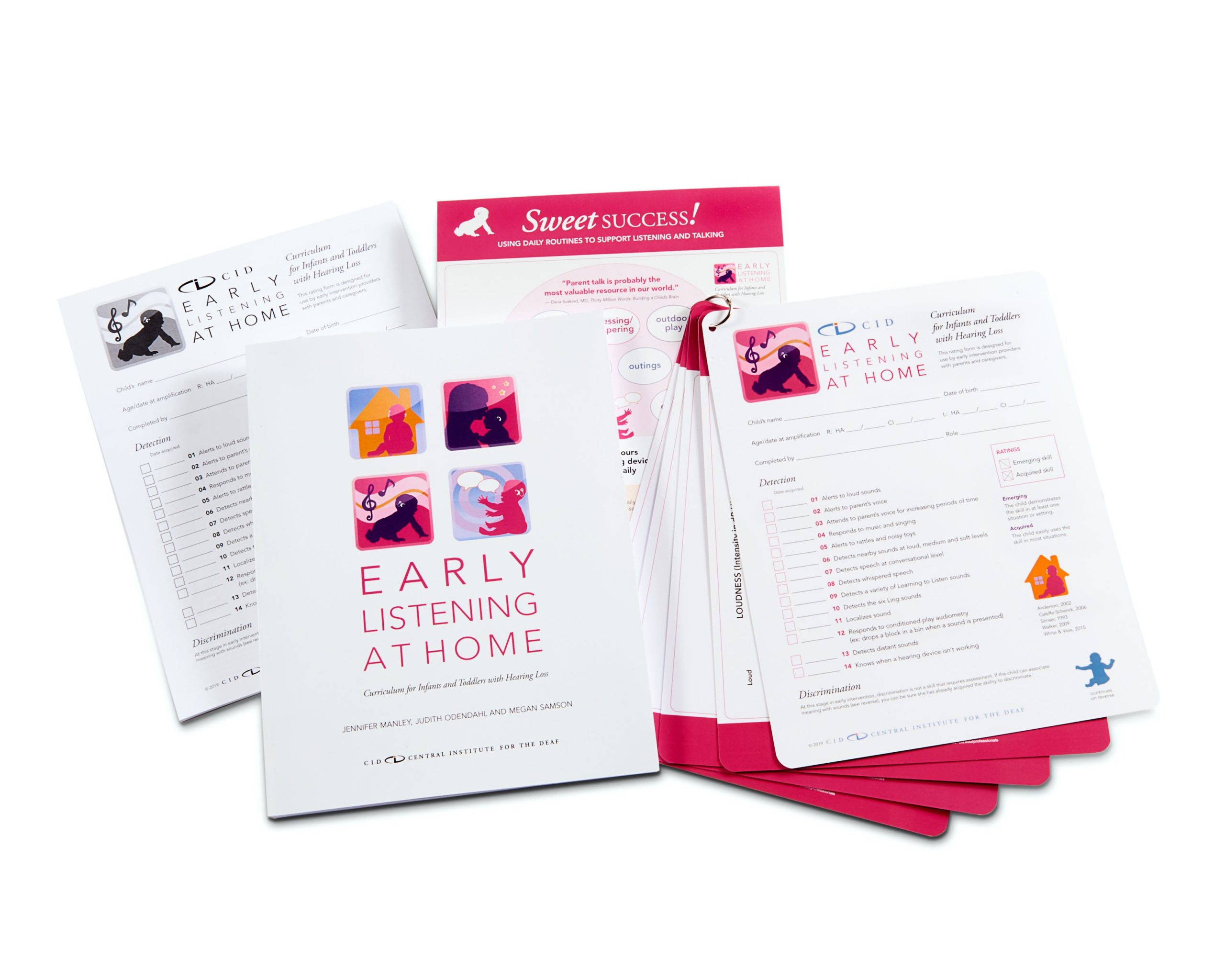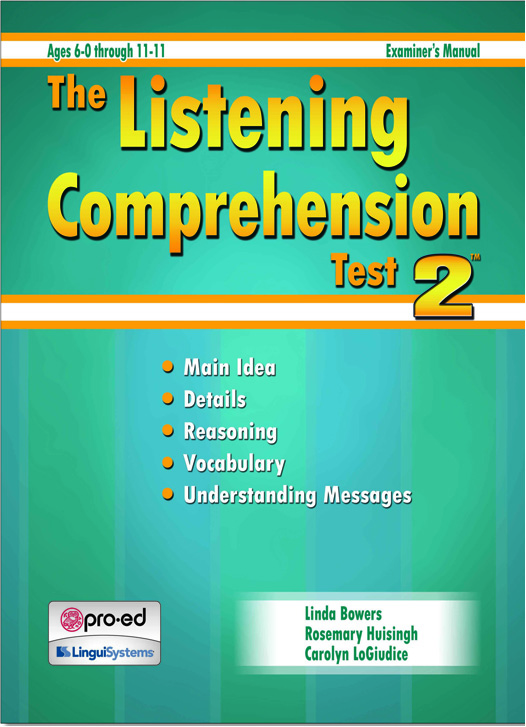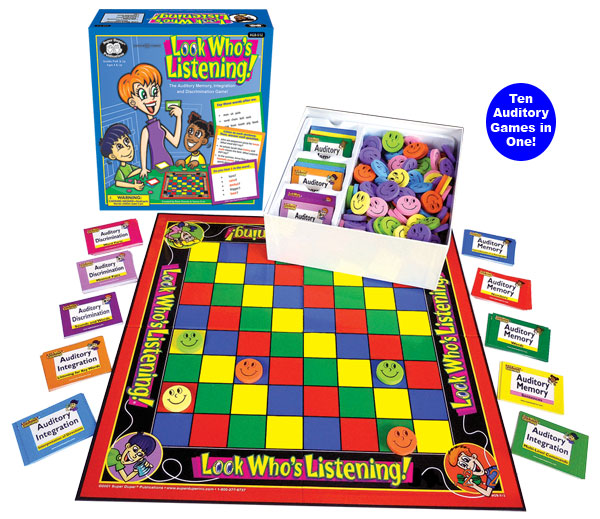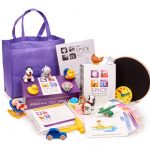Related Products
For Professionals
- Amplification
- Assessment of Student Skills, Challenges, Needs
- Early Childhood: Infants, Toddlers, Preschool
- Hearing Loss – Identification, Impact and Next Steps
- IDEA Law Summary Information
- Language and Speech Development Issues
- Legal Issues in Serving Children with Hearing Loss
- Listening (Auditory Skills) Development
- Planning to Meet Student Needs
- Self-Advocacy Skills for Students with Hearing Loss
- Self-Concept: How the Child with Hearing Loss Sees Himself
- Social Skills
- Speech Perception & Learning
Related Teacher Tools Takeout Items
Typical Auditory Development
Playing Mozart for your unborn child may or may not help her score better on her SATs. Scientists have observed, however, that typically developing babies have access to sounds and voices while in the womb. (Werner) This knowledge underscores the urgent need for early identification of children with hearing loss.
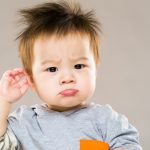
Learning how children develop the ability to understand spoken language and know how those skills can be expanded and refined can empower us to accelerate the development of spoken language for students with hearing loss.
Auditory Skills Development: In Utero through 7 Years
Although auditory development is thought to begin in the third trimester of a pregnancy, not until after birth is an infant exposed to the full range of sound due to the filtering effect of the mother’s body. After birth, a newborn does not hear at the same level (0-20 dBHL) as adults (Tharpe & Ashmead) and is less aware of frequency changes, especially in higher frequency sounds. This means that speech will not be heard clearly for an infant in the first six months of life.

Six months after birth, an infant has a 15-20 dB hearing deficit, or ‘slight’ hearing loss. In the presence of background noise, the six-month-old infant will still have difficulty detecting a tone. This decreased ability to listen in noise will continue until a child is 6 to 8 years old.
Auditory perception is further refined during early childhood. Werner (2007) states, “It is clear that throughout the preschool and early school years, children continue to learn about the acoustic details in the sounds they hear and to extend their ability to distinguish sounds in a variety of listening conditions.”
By 8 or 9 years of age, a typically developing child’s hearing level and ability to hear phonemes in a variety of environments are similar to that of adults.
 At 12 years of age, however, children can demonstrate poorer speech perception than adults. (Hazan & Barrett)
At 12 years of age, however, children can demonstrate poorer speech perception than adults. (Hazan & Barrett)
More details about auditory development in infancy and childhood is shown in the table below.
Auditory development, even with an intact hearing system, is an extended and perhaps highly individualized process. It is also an essential set of abilities for those who communicate with their world using spoken language.
|
Developmental Milestones for Listening Adapted from Cole & Flexler and Owens |
|
|
Age |
Auditory Milestones |
| by 4 months |
|
| by 7 months |
|
|
by 12 months |
|
|
by 24 months |
|
|
by 36 months |
|
|
by 4 years |
|
|
by 7 years |
|
Resources for Auditory Development
https://successforkidswithhearingloss.com/for-professionals/listening-auditory-skills-development/
Auditory Development Scale: 0-6 years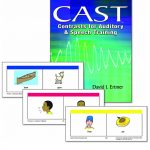
CID – Central Institute for the Deaf Free online courses
CURRICULA
CAST – Contrasts for Auditory and Speech Training
SPICE – Speech Perception Instructional Curriculum & Evaluation
SPICE to Life Auditory Learning Curriculum
Cole, EB, Flexer, C. 2011 Children with hearing loss: Developing listening and talking (2nd ed.) San Diego CA: Plural
Hazan V, Barrett S. The development of phonemic categorization in children aged 6-12. Journal of Phonetics 2000;28:377-396.
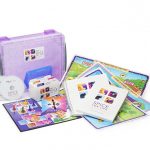 Owens, RE. 2012. Language development: An introduction (8th ed.). Needham Heights, MA: Allyn and Bacon.
Owens, RE. 2012. Language development: An introduction (8th ed.). Needham Heights, MA: Allyn and Bacon.
Tharpe AM, Ashmead DH. 2001 A longitudinal investigation of infant auditory sensitivity. American Journal of Audiology 2001; 10:104-112.
Werner, LA. 2007 Issues in Human Auditory Development. Journal of Communication Disorders. 2007;40(4): 275-283.
Posted August 2019. This information was authored by Julia West, teacher of the deaf/hard of hearing who has taught students with hearing loss in private and public schools for over 20 years. She is co-author of the CID SPICE for Life Auditory Learning Curriculum and authors the Listening and Self-Advocacy sections of the Teacher Tools e-Magazine.

